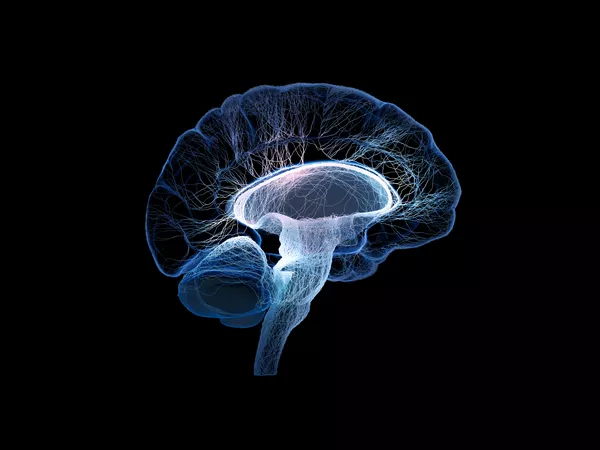ORIGINAL RESEARCH
Published on 09 Jun 2016
Sex Differences in Insular Cortex Gyri Responses to the Valsalva Maneuver

doi 10.3389/fneur.2016.00087
- 12,215 views
- 21 citations
12k
Total downloads
58k
Total views and downloads
Select the journal/section where you want your idea to be submitted:
ORIGINAL RESEARCH
Published on 09 Jun 2016

ORIGINAL RESEARCH
Published on 07 Apr 2016

ORIGINAL RESEARCH
Published on 10 Mar 2016

REVIEW
Published on 26 Jan 2016

REVIEW
Published on 30 Oct 2015
REVIEW
Published on 01 Sep 2015
REVIEW
Published on 27 Aug 2015

Frontiers in Neurology
Autonomic NeuroscienceOffline
Frontiers in Physiology